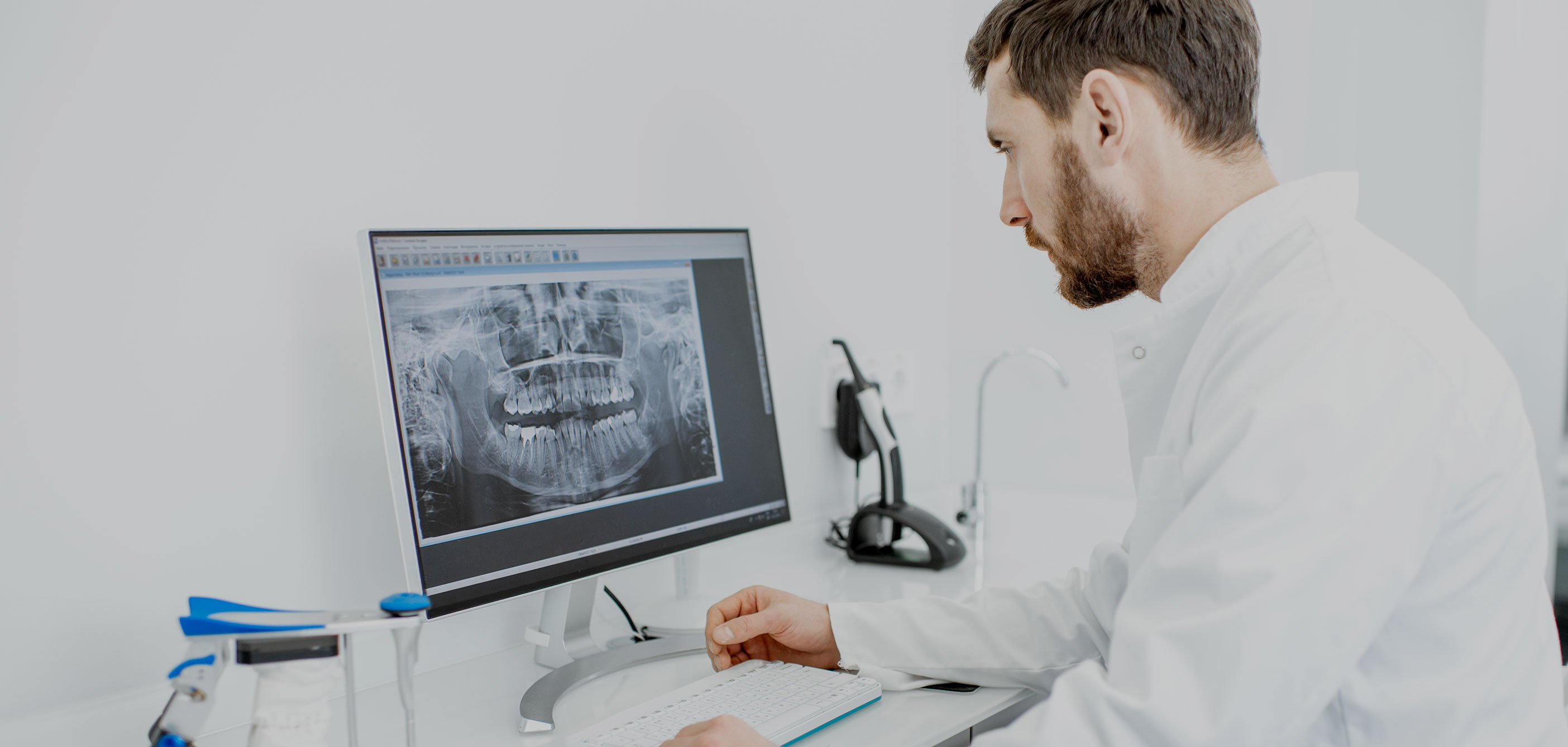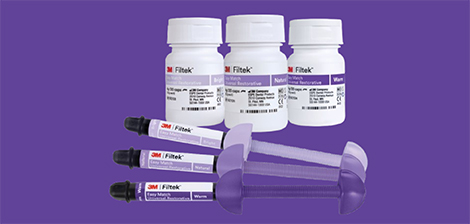What is Digital Dentistry
Digital technologies simplify workflows, speeding them up whilst also reducing the risk of error, and offers quantifiable benefits for practices. Practitioners are encouraged to adopt digital workflows in their practice to make processes safer, seamless, more cost effective and more efficient and, ultimately, create a more comfortable and less invasive treatment experience for patients.
Quite simply, digital technology offers the opportunity for incorporating exciting new treatment modalities into any dental business, saving cost and time in the long term.
What are the different types of digital dentistry used today?
Impression taking: Digital impression taking is a game changer. Intraoral scanners speed up the process, does way with messy materials and lengthy appointment times, and offers a more comfortable option, especially for those patients with a gag reflex. It cuts the cost of materials and also saves space – instead of having to find room to store models, practices can store electronic files digitally and securely.
3D printers and design software Desktop 3D printers are an affordable addition to any practice, saving time and money over the long term. Using in-practice desktop 3D printers, practice teams can fabricate crown and bridges, surgical guides, dental restorations, retainers and aligners, occlusal splints, long-term biocompatible dental products, such as splints or dentures, and more.
This digital dentistry workflow means shorter production time and more flexibility for dental teams. Digital design also enhances the patient experience, reducing the number of appointments required and often with the option for same-day appliances.
Diagnosis and treatment planning: A digital scan and digital imaging allows for accurate diagnosis as well as precise treatment planning. Extra- and intraoral cameras enhance the view of the oral cavity, helping clinicians to identify (and share with patients) any concerns or possible challenges to expect during treatment. Smile design programs also allow the simulations of treatment outcomes, helping patient conversions and increasing treatment uptake.
Top 6 tips to know when moving over to digital workflows?
How do I move to digital dentistry?
- Choose how to begin. The transition from traditional dentistry to digitalisation is considered best done gradually. Dentists are advised to select an application that will help them to deliver a new service or product, or one that improves upon an existing workflow. Identify where there is most need in the business.
- Go through it step-by-step. The implementation of any digital workflow should be planned and tested. Teams need to fully understand what components are required at every stage from a clinical and lab point of view – from scanning and design through to manufacturing.
- Seek help, support and guidance. The investment in new technologies is a huge decision for a business, so dentists and their teams need to be sure they get the support to implement any new digital applications – from initial demonstration, to on-going training and after sales care.
- Think about the digital workflow and how it will change the way you work with the lab. The digitalisation of any workflow within a practice will inevitably affect its relationship with a lab. In-house 3D printing can reduce cost and time leaving the lab tol deal with more complex cases and final restorations. Ultimately, the digital workflow increase efficiency and enhances the relationship between practice and lab
- Take baby steps. It is important to allow enough time to familiarise the team with any new way of working before fully incorporating new digital applications or expanding on the one you have chosen. It is best to trial the new workflow on a few cases, so the team can get used to its application. Scale up when confident.
- Invest in training Most digital applications require a learning curve, so all team members should be involved – not just those implementing the application. This way, everyone is on side and will understand why and how it will improve business as well as work protocols.
What is the return of investment (ROI) for moving to digital dentistry?
Digitalisation may initially seem like a huge upheaval – financially and in terms of changing mindsets – but the long-term return on investment (ROI) is well documented. In a nutshell, digitalisation can bring in more business, add new services, reduce costs and limit appointment times, creating business growth. Digitalisation can help practices track and measure this growth and therefore optimise ROI further – making it a powerful resource for any dental business.
What benefits do the patients get from moving to digital dentistry?
Digital dentistry has not only transformed the way teams deliver dental care, catapulting practices into new and exciting treatments and workflows, but it has also enhanced the patient experience. The adoption of digital technologies is accelerating and, for the more cautious within the profession, this can seem overwhelming. But the innovators and early adopters have now paved the way for other teams to join them in the digital revolution, capable of maximising the patient experience in almost every area of the provision of dentistry.
Patients are better supported and more engaged in their treatment journeys and can enjoy more comfortable procedures that are safe, faster and more predictable with great results thanks to digitalisation. The future of dentistry is digital.




